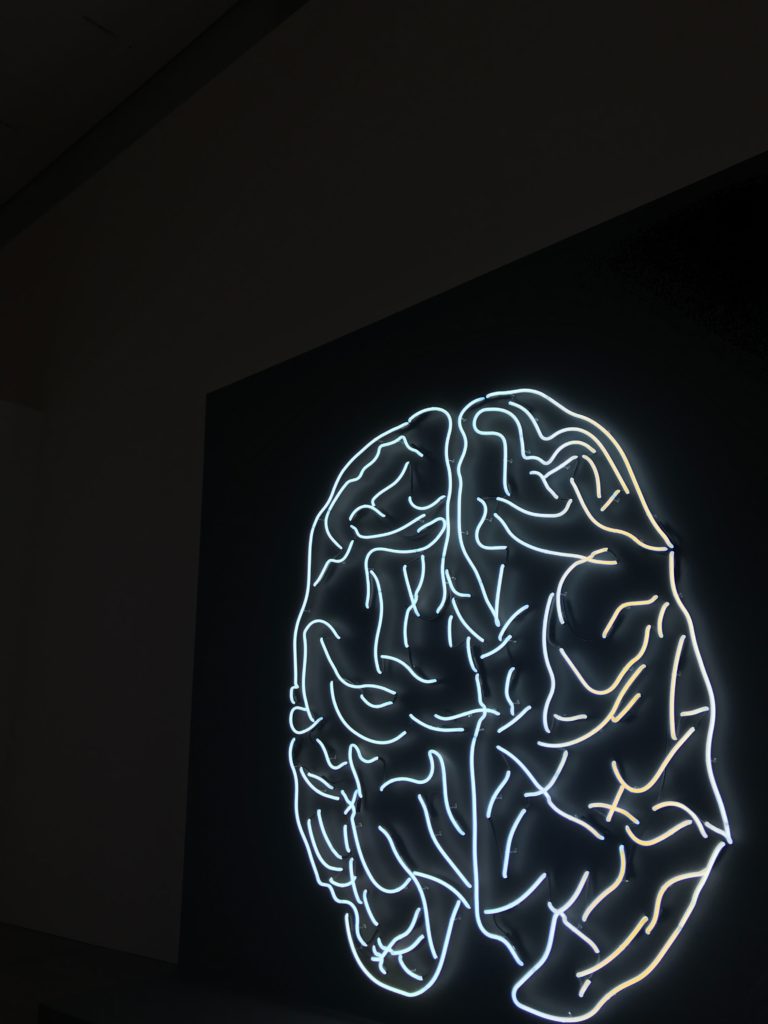Your biggest Asset: your Brain
We live in an era where everyone is trying to optimize everything. We are talking about material resources, money, time (like in our article about how to use your time during the quarantine meaningfully), and even health. When the optimization of the latter is the main topic, the main focus tends to be on nutrition and exercise. But what can be said about the brain?
The brain and its ability to learn
The brain is one of the least explored areas in the world and still holds a lot of secrets. It is considered to be the most complicated organ that nature (on this earth) has ever produced. It is also known as the central nervous system, which connects to the central nervous system of the spinal cord through the “foramen magnum”, Latin for “the great hole” (proof I’m not kidding 😂).

The brain is protected by three membranes (meninges) and by the skullcap above it. It consists of a total of approximately 100 billion nerve cells (neurons). In turn, these cells are connected through a multitude of contact points (synapses). In this article, however, we’ll focus on the brain’s ability to learn.
After all, the question we are concerned with is how it learns and how memory can be improved in an effective manner.
For years, researchers believed that the brain of an adult could not be changed. Nowadays, however, people are of a different opinion and know that the brain can be continually remodeled until old age. Some scientists often compare it to a kind of muscle that can be trained.

For this reason, hundreds of “fitness programs” were created with the aim to increase your learning and memory performance. Brain researchers believe, however, that only the task trained sees an increase in performance. That means other abilities are thus only partially trained or not trained at all.
Neuroplasticity
As the name suggests, neuroplasticity deals with the changes in the brain — more precisely, with the ability of the brain to change itself. Synapses, neurons and even entire areas can change.
With regards to learning, the sub-area of “synaptic plasticity” is particularly interesting, since learning takes place at the synapses. This is where the electrical signals are transferred from one nerve cell to the next. Neuroscientists have found out that the effectiveness at the synapses can vary during transmission. This process is known as synaptic plasticity.

However, it is not only the intensity that can be regulated during signal transmission, but also the process that makes it possible and can cut it off entirely.
Today, neuroscientists know that synapses can still be formed or degraded completely, even in the brain of adults. In some places (e.g. in the olfactory system) new nerve cells can even be formed during the course of life.
Conclusion
All in all, it can be said that the build-up and breakdown, as well as the strengthening and weakening in the brain never stops. Put simply, one can imagine that when the brain stores signals, the signal transmission is amplified and weakened accordingly as soon as it forgets.

